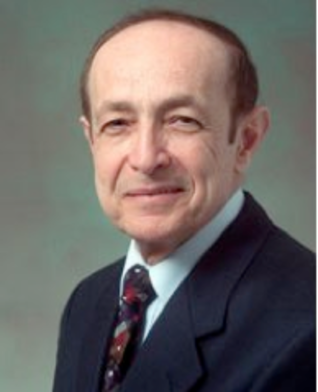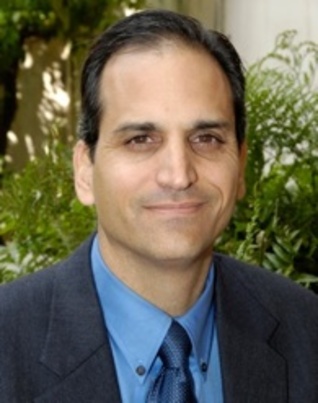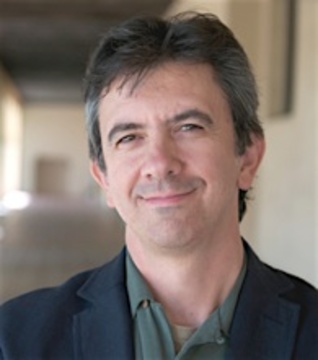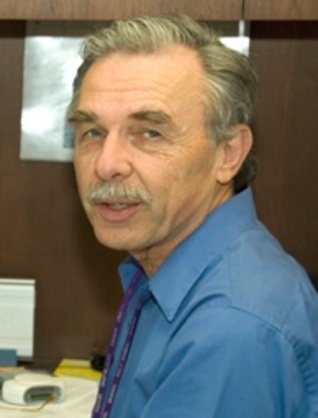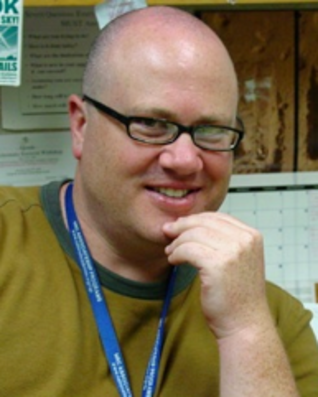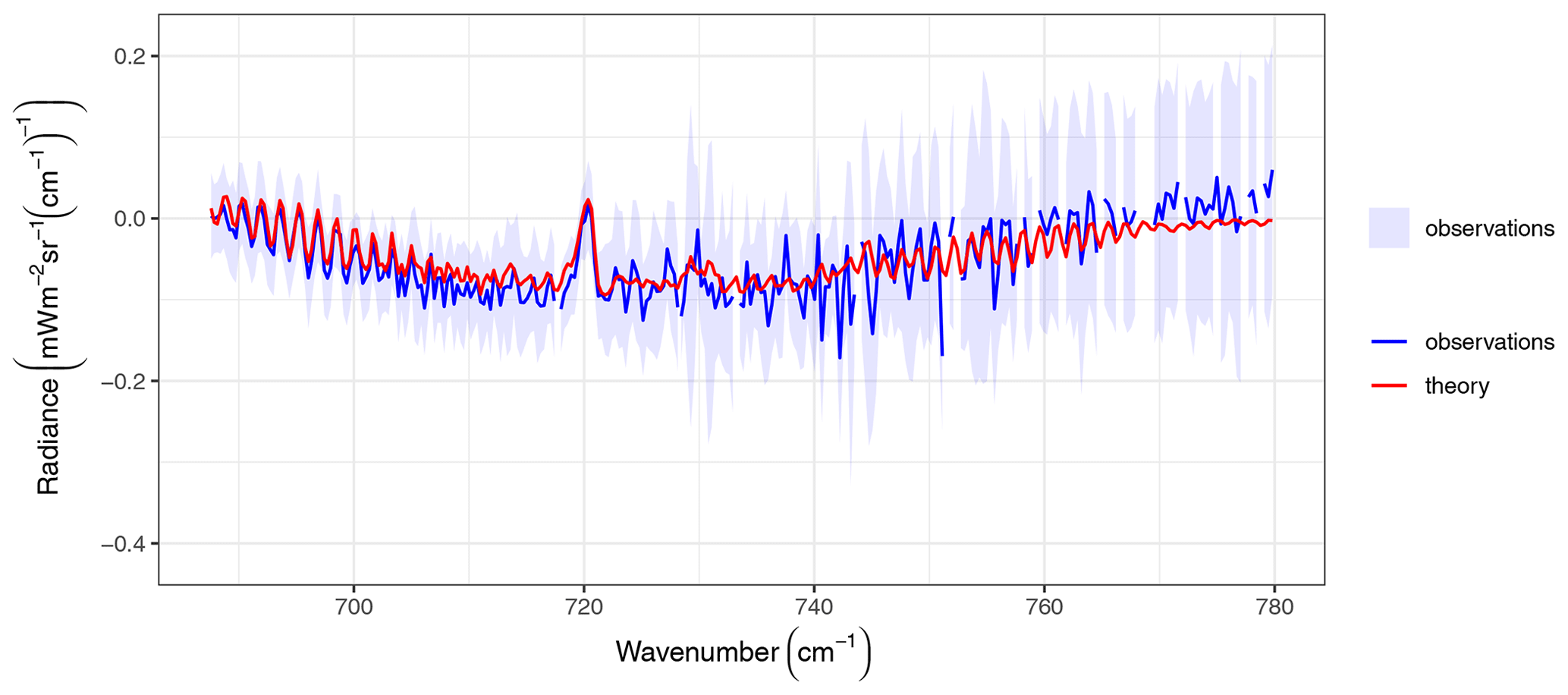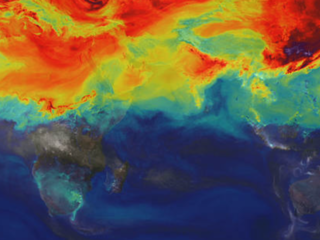News | May 4, 2012
The Atmospheric Infrared Sounder on NASA's Aqua Satelite: Looking Back on Ten Years of Contributions to Weather and Climate Science
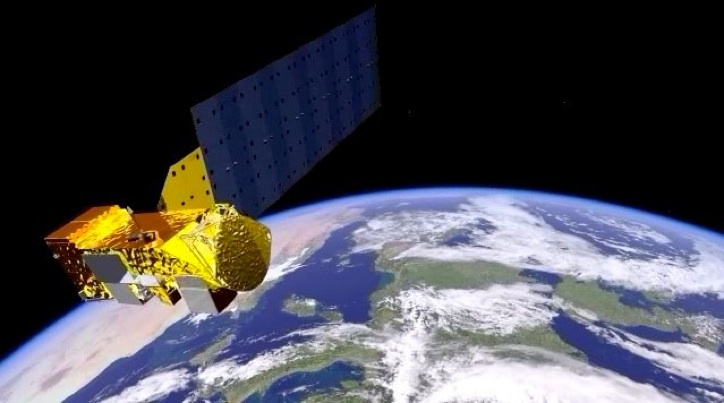
NASA's Aqua satellite. Credit: NASA
Erik Conway, NASA Jet Propulsion Laboratory
May marks the 10th anniversary of JPL's Atmospheric Infrared Sounder, which launched into orbit aboard the Aqua satellite May 4, 2002. AIRS was the brainchild of the late Moustafa Chahine, who served as JPL's chief scientist for many years. He had the idea of improving weather forecasting through hyperspectral sounding, the use of thousands of infrared channels to better discern temperature and water vapor variations in the atmosphere, back in the 1970s. NASA funded an airborne prototype that flew on a P3A aircraft in 1975, and when the Earth Observing System program was established in 1988, AIRS was selected as its infrared sounder.
Fred O'Callaghan, who Chahine hired as project manager, recalls the development was technically challenging. AIRS needed a new generation of infrared detector arrays to keep the instrument small, and these arrays required small, but very reliable, cryocoolers. O'Callaghan contracted with an instrument supplier in Boston,that's changed hands several times and is now BAE Systems, to build the detectors and the instrument itself. "It was a good team, we had worked together over the years on the ATMOS [Atmospheric Trace Molecule Spectroscopy Experiment] instrument. We understood each other, and together we accomplished a lot of hard things."
After launch, Chahine's science team turned first to validation of the instrument's data. Eric Fetzer, the AIRS validation scientist who would later become the AIRS Project Scientist, remarked "We demonstrated the accuracy of our measurements by reference to other observations, primarily weather balloons, aircraft, and ground-based observation systems." He coordinated dozens of investigations involving thousands of individual measurements around the globe. These even extended to the poles, using a Department of Energy site on the North Slope of Alaska and Antarctica's "Dome C," a drilling site for ancient ice cores. Validating measurements is a never ending task. Whenever the science team changes the software that converts the instrument's infrared measurements into temperatures, it has to be revalidated. "Revalidation also enables us to check for long-term trends," Fetzer comments. "We had a spurious global cooling trend compared to radiosondes for awhile."
The AIRS team reached one of their major goals in 2006, when a group led by the National Oceanic and Atmospheric Administration's John Le Marshall demonstrated that use of the AIRS data in weather forecasting models resulted in a significant improvement in forecast "skill." Skill is the name of the calculation meteorologists use to quantify the closeness of a forecast to the observed weather. More recent research at the European Center for Medium Range Forecasting has shown that AIRS provided the largest improvement in forecast skill of any single instrument in the last decade, and was second in forecast impact only to the four AMSU-A (Advanced Microwave Sounding Unit) instruments in orbit.
Key to this accomplishment was the project's decision to require delivery of the data in near real time. JPL's Joao Teixeira explains that the "operational weather prediction centers have to produce a forecast in a few hours. They have about two hours to ingest the data, then they run the model for about two hours to make a ten-day forecast, and it takes about two hours more to disseminate the results." So in order to affect routine weather forecasts, the team had to build a data system that operated in near real time—normal for NOAA, but not standard practice for NASA.
As the first of a series of hyperspectral sounders for weather forecasting, AIRS was a trailblazer for understanding and assimilation of hyperspectral data. The new generation of European meteorological satellites now host an AIRS-like sounder, the Infrared Atmospheric Sounding Interferometer, and a similar instrument, the Cross-track Infrared Sounder, which flies aboard the new NASA satellite Suomi NPP, intended as the forerunner of the next-generation US weather satellites. In the meantime, AIRS continues to operate well and is expected to last until the Aqua satellite exhausts its fuel in 2022.
AIRS has also had important scientific results. One of the most significant has been quantification of what's called the water vapor feedback effect. Fetzer explains that "as the surface warms and the atmosphere with it, the atmosphere can hold a little more water vapor. Water vapor is itself a greenhouse gas, it traps heat the same way carbon dioxide does. So if there's a slight warming, there will be a slight increase in water vapor, and that water vapor itself will cause a continuing increase." This vicious circle of warming is known as a positive feedback.
The idea is well-rooted in physical theory dating back to the 19th century, but theory does not always play out as scientists expect it to in the real world. A team led by Andrew Dessler of Texas A&M tested the theory using AIRS' humidity data product. AIRS could quantify the amount of water vapor at different levels of the atmosphere globally, permitting them to derive the average strength of the water vapor feedback across the globe. Dessler found that the water vapor feedback "is extraordinarily strong, capable of doubling the warming due to carbon dioxide alone."
Another important result from AIRS was the development of data products that quantify the amount of several climatically active trace gases--carbon dioxide, carbon monoxide, methane and some others--globally. The human-driven increase in atmospheric carbon dioxide, for example, has previously been known from a small number of long-lived surface measurement stations, most famously one operated on Mauna Loa. That small network of stations cannot capture the full variability of the gas globally.
Chahine, the AIRS Team Leader, had to convince NASA that a weather instrument could measure greenhouse gases. Eventually Chahine secured a small amount of funding to demonstrate it was possible. The resulting carbon dioxide data revealed greater than expected variation in carbon dioxide concentrations in the mid-troposphere, including transport of carbon dioxide across the equator and a "belt" of higher-than average concentrations in the southern mid-latitudes.
With an estimated ten or more years remaining for the mission, the research team has plans for new products. Brian Kahn, who specializes in clouds, thinks there's much more AIRS can contribute to that field. "We highly underutilize the information in the spectra," he says. "AIRS is a lot more capable of observing additional cloud products that we have not produced yet. That includes ice cloud microphysical and optical properties as well as cloud thermodynamic phase, whether a cloud is liquid, ice or a mixture of both. Knowing those properties is really critical for understanding cloud feedback." In the science of climate prediction, cloud feedback is considered one of the largest remaining uncertainties.
Another aspect of the AIRS instrument that has not been fully exploited yet is it's unprecedented stability. The AIRS' radiance data will discern climate trends, which are expected to be in the tenths of a degree per decade. Hartmut "George" Aumann explains that "climate research has to use a long baseline to measure climate changes. This requires that data from several instruments be combined to estimate long-term changes." This is done by calibrating each instrument to a common standard; in the United States, the National Institute of Standards and Technology maintains these standards. AIRS' traceability back to common standards and its extreme radiometric stability enable it to provide a detailed, global record that can be carried forward by future instruments.
AIRS Project Manager Tom Pagano reflects on the ten-year milestone of the AIRS mission. "AIRS has performed beyond expectation, exceeding its mission objectives. The knowledge we've gained through AIRS has advanced our understanding of weather and climate, and demonstrated an important measurement technology. While the team can be proud of what's been accomplished, we continue to look forward to new discoveries as we explore the connection between extreme weather and climate change."

